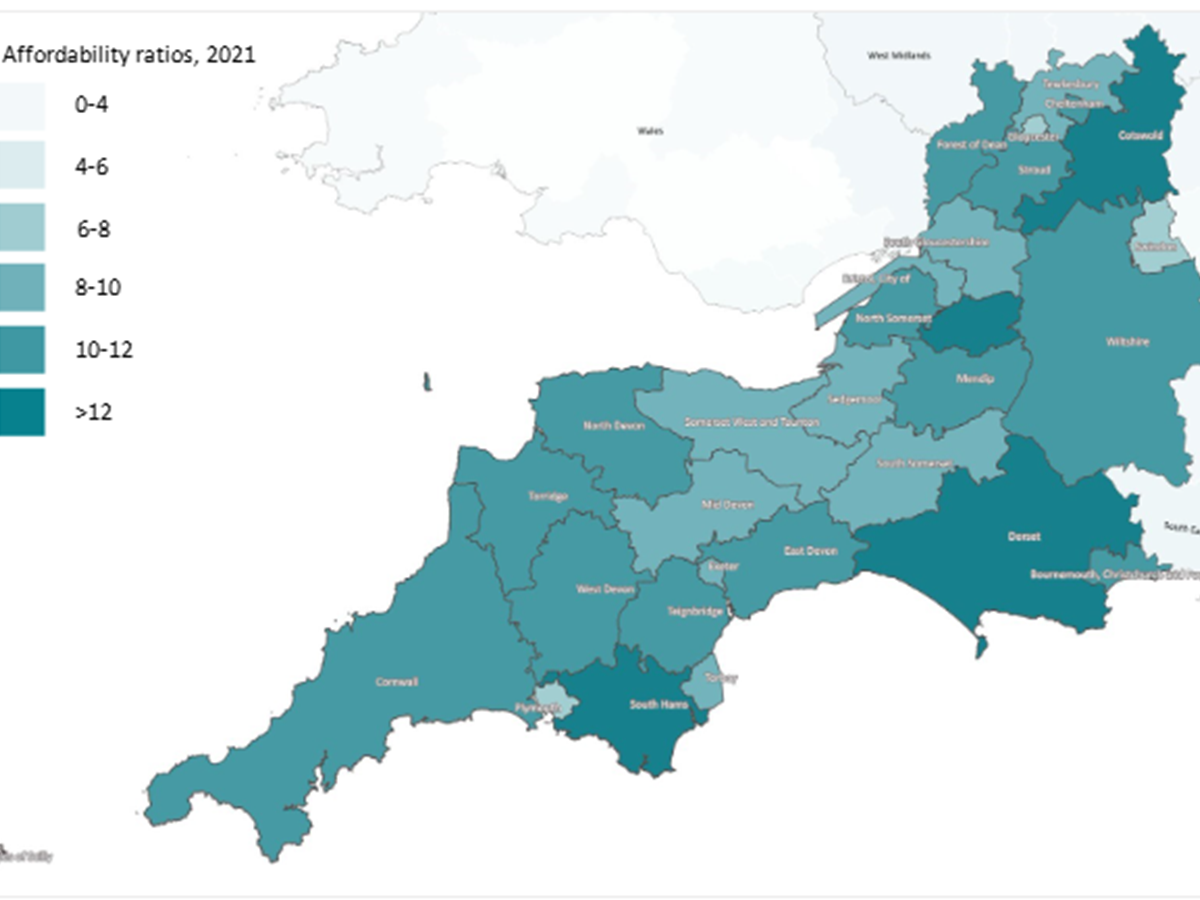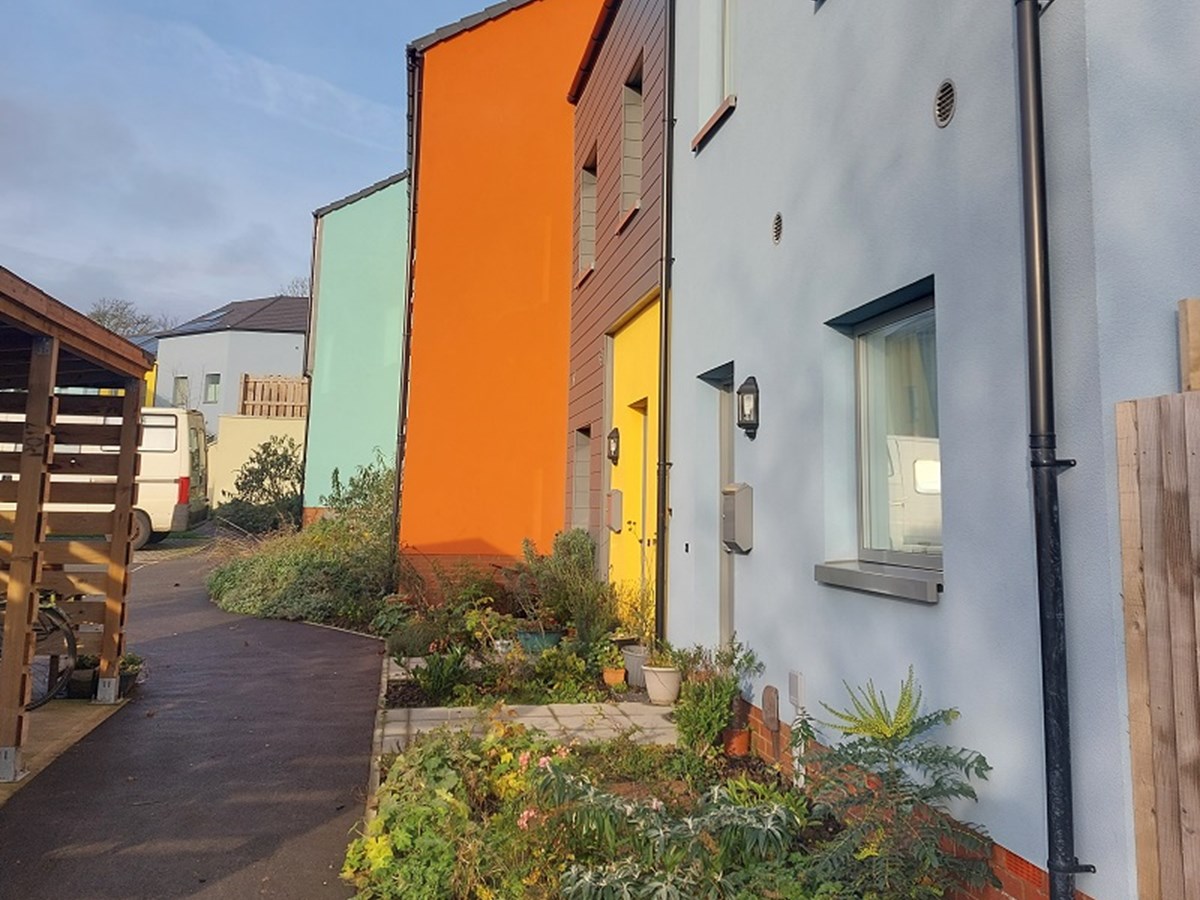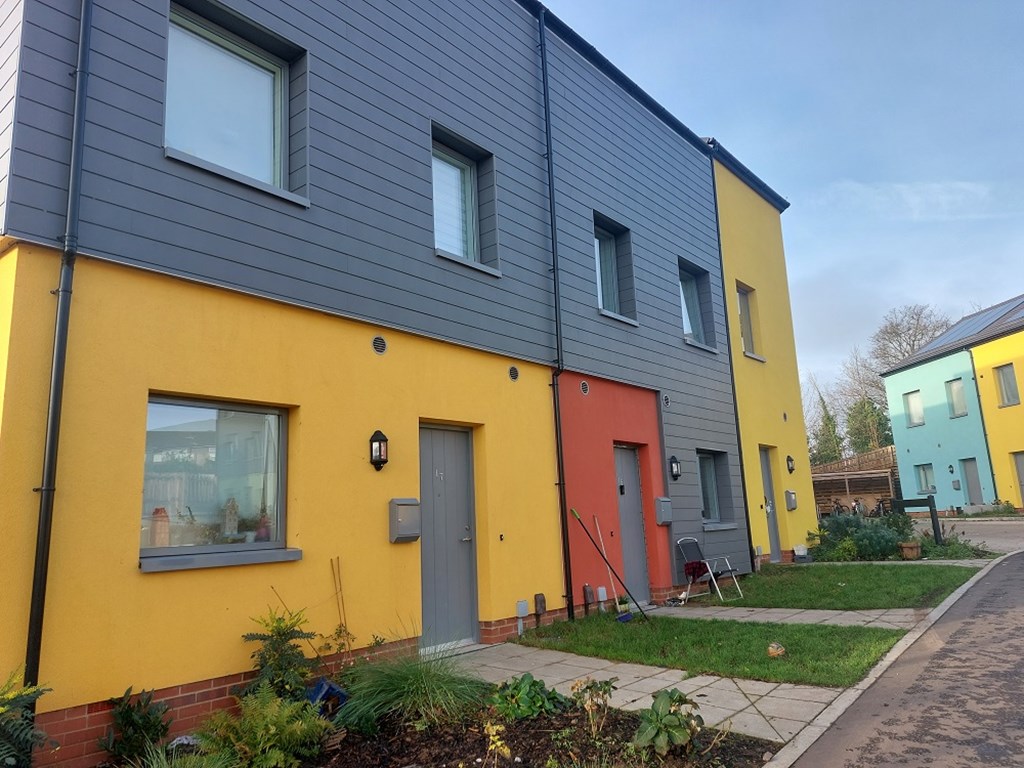NOTE: Findings and recommendations reflect the views of the researchers at the time of writing and are not necessarily the views of the RTPI
Key takeaways:
- The South West of England faces severe problems of housing affordability with most areas in the region being far less affordable than in England overall.
- Causes include housing demand exceeding supply, high prices, low wages, lack of land for development and also Right to Buy, second homes and holiday lets.
- However, there are good examples of housing delivery across the region via collaboration between local players aiming to provide high quality, sustainable and affordable homes. These suggest ways of addressing the affordability challenge.
Conducted by researchers at UWE and commissioned by Homes for the South West, this study looked in detail at housing affordability in the South West of England and highlighted that most local authority areas in the region are significantly less affordable than in England overall. Though somewhat specific to circumstances in the South West, the findings also have relevance for many other regions and for planning practitioners and policymaker across the country.

Affordability ratios in 2021 across South West local authorities (Data source: Office for National Statistics licensed under the Open Government License v.3.0. Contains OS data ©Crown copyright and database right 2022 ©OpenStreetMap)

Affordable housing developed by Brighter Places and Bristol Community Land Trust at Merry Hill, in Lockleaze, Bristol (© Morien Robertson)
The study examined the scale of the problem as well as variation within local authorities. For example, it found that three quarters of local authority areas in the South West have affordability ratios higher than that for England as a whole, and all have affordability ratios higher than those for the North East, North West, and Yorkshire and the Humber. It also found that these disparities have become more pronounced since 1997.
The study involved qualitative research among practitioners and policymakers, and explored the factors that are affecting affordability in the region, which include:
- high house prices combined with relatively low wages;
- a demand for new housing that has exceeded supply;
- scarcity of developable land which is subject to market premium prices that undermine the viability of affordable housing.
Right to Buy, especially in rural areas, as well as second homes and holiday lets, also appear to be exacerbating the lack of affordability in the region.
Several challenges and opportunities for increasing affordability were highlighted, along with good examples of housing delivery across the region via effective collaboration between local players, motivated by similar aims to provide high quality, sustainable and affordable homes.
Read the report
Read the summary of quantitative data analysis
Read the summary of qualitative findings
